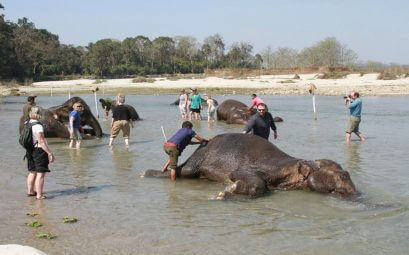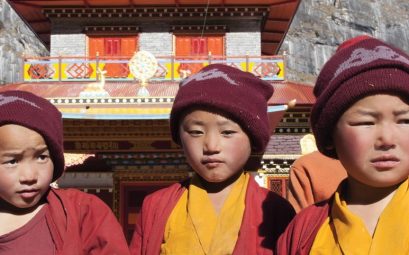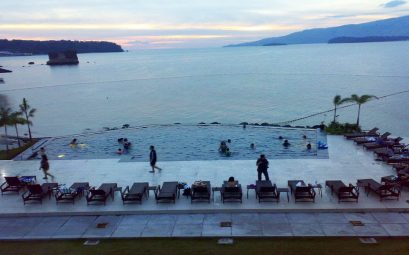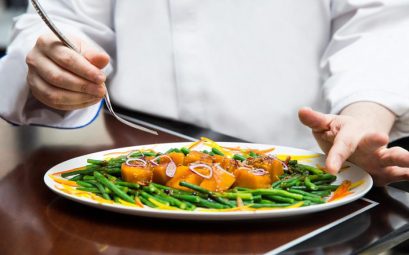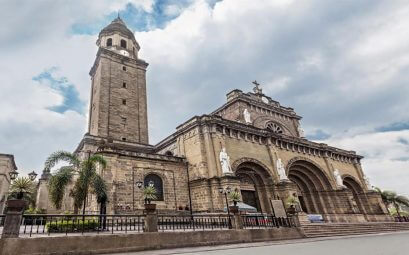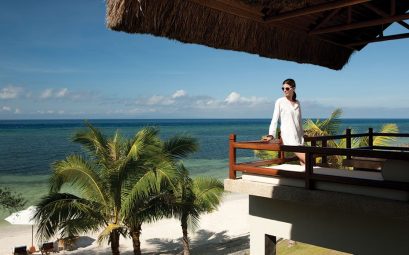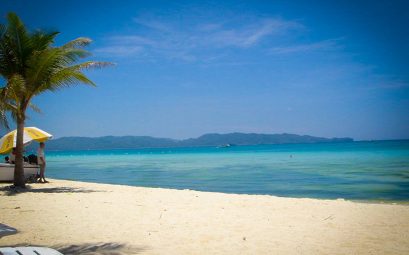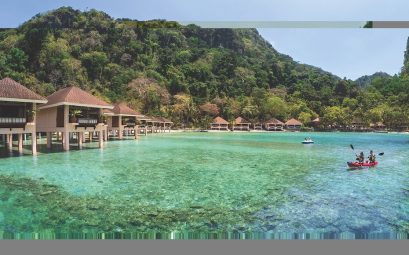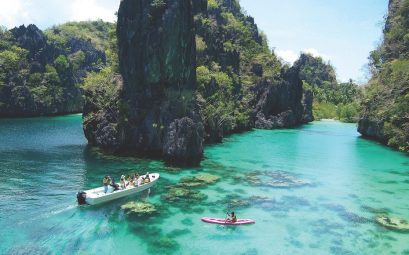The People in Nepal
Nepal has a population of about 27 million people from more than 101 ethnic groups, each coexisting peacefully with its own language, customs and rituals. While around 92 languages are spoken, the national language is Nepali, written in a distinctive Devanagari script. English is widely spoken and understood in Kathmandu.
Religion is the lifeblood of the Nepalese. Nepal is a secular country with a high degree of intermingling of Hinduism and Buddhism. Other religions include Islam, Christianity and shamanism. Nepal is the birthplace of both Gautama Buddha, born in Lumbini, and Sita, the heroine of the epic Hindu Ramayana, who was born in Janakpur.
History in Nepal
Nepal’s recorded history began with the Kiratis, who arrived in the 7th or 8th century BC and established a dynasty in the east, where they ruled for 1000 years. During this period Buddhism first came to the country. By 200 AD Buddhism had waned and was replaced by Hinduism, brought by the Licchavis, who invaded from northern India. The Newars of the Kathmandu Valley are believed to be their descendants. The Hindus also introduced the caste system (which still exists) and ushered in a classical age of Nepalese art and architecture. Another great contribution to Nepal’s artistic heritage came with the reign of the Malla dynasty.
Despite earthquakes, the odd invasion and feuding between the independent city-states of Kathmandu, Patan and Bhaktapur, the dynasty flourished, reaching its zenith in the 15th century under yaksha Malla. After a 600-year rule, however, conflicts arose between the kings and, during the late 18th century, Prithvi Narayan Shah, King of Gorkha, conquered Kathmandu and united Nepal into one kingdom. With the threatening presence of the British Raj in India, he cleared the country of European missionaries and Nepal remained in isolation for more than a 100 years.
The first prime minister to wield absolute power in Nepal was Jung Bahadur Rana, who implemented an oligarchy and reduced the Shah kings to figureheads during the mid-19th century. A democratic movement saw the Ranas overthrown in the early 1950s. Until recently, Nepal enjoyed a multi-party democratic system with a constitutional monarch. In September 2007, the interim parliament abolished the monarchy, declaring Nepal a federal democratic republic. The first meeting of the Constituent Assembly officially implemented that declaration on May 28, 2008.

